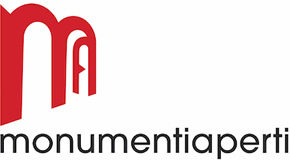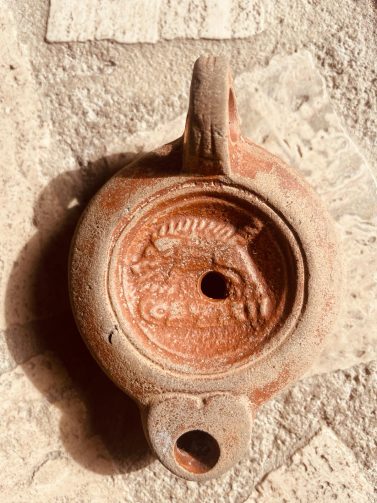The Villasimius Museum is organized around themes that have dominated the history of the area. The sea, a place where civilizations meet and clash, is the dominant theme, as evidenced by the exhibits on display: a group of Punic transport amphorae attesting to trade with the Balearic Islands and numerous Roman amphorae related to shipwrecks found along the coast; among these of great interest is the “Channel Wreck,” which carried terracotta construction material. This year, some of the Roman oil lamps recovered from the wreck discovered in the waters of Porto Giunco are visible for the first time.
The Hall of Is Cuccureddus displays the most significant contents of the sacred area: the deposit of commercial amphorae, activities of daily life, personal rituals, and archives evidenced by terracotta seals. Evidence of the Roman phases: numerous terracotta votive offerings, bronze chaplets and mirrors. The Roman section closes with a selection of coins, deposited in the temple, between the 2nd century B.C. and the 5th century A.D. C. The hall on the ground floor shows the transformations of the archaeological landscape from prehistoric to Roman times. Of great interest is the settlement of Santa Maria from which comes a remarkable female statue, recently identified as Hygieia, and dated to the 2nd cent. AD. C. In the last room devoted to the Wreck of the Isle of Cabbage, the two main cores of its cargo are displayed against the backdrop of the chronicle of the shipwreck: the azulejos enameled in blue and gold and the weapons, among which the cannons are of great importance, three of which are on display.









